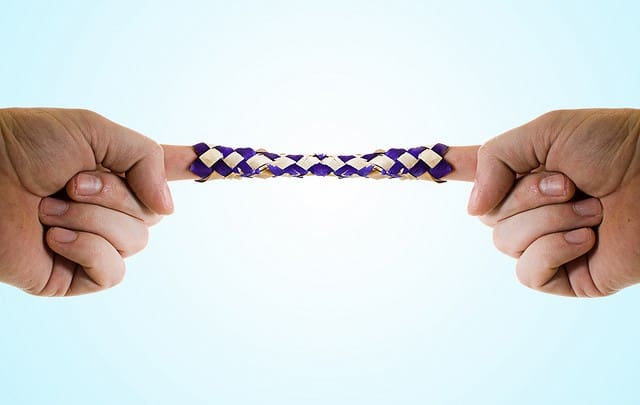More lenders are moving to collateral charge mortgages so it’s becoming increasingly important to understand the differences between a collateral and standard charge mortgage. TD Bank announced in October, 2010 that all new mortgages will be a collateral charge mortgage. ING made the same announcement at the end of 2011 and it is expected that other lenders may follow. Collateral charge mortgages are now the only option with TD and ING. Standard charge mortgages are offered by the majority of all other lenders, although some offer both – standard charge mortgages and HELOCs, which are a collateral charge. You choose the option that best meets your needs. So what’s the difference, and which is better for you?
They both have advantages and disadvantages; the one that is right for you depends on your preferences, future needs, and long-term goals. The primary difference is that a collateral charge mortgage registers the mortgage for up to 125% (TD) or 100% (ING) of the value of the home at closing, instead of the amount you need to close your transaction. The advantage behind this is that it makes it easier to tap into your equity for debt consolidation, renovations or to invest in property or investments easily and cost effectively, since you don’t need to visit a lawyer and pay legal fees. This flexibility is one of the primary advantages of collateral charge mortgages
The downside comes at renewal. For consumers who want to keep their options open at maturity and have negotiating power with their lender, this isn’t the best product feature because collateral charge mortgages are difficult to transfer to another lender. That means if someone wants to change lenders for a better rate or product feature, they need to start from the beginning and pay new legal fees, which range from $500 to $1,000. Technically they can be assigned but lenders don’t accept the transfer. With regular standard charge mortgages, you can switch for free, although certain minor charges may apply. In addition, with a collateral charge, it could be difficult to get a second mortgage unless your home significantly appreciates in value.
The ability to take out equity is one of the primary features of Home Equity Lines of Credit, which are collateral charges for this reason. In these cases, clients want the ability to extract equity when they need it or as it becomes available. If you feel that there is a very good chance you will refinance to consolidate debt or to extract equity for a renovation or to invest, then a collateral charge mortgage may be a wise decision.
If you don’t believe that you’ll need to refinance or extract equity, then a regular standard charge mortgage will suit you fine, and it will give you the ability to move to another lender at renewal should you want to without incurring legal fees. In other words, it’s easier for you to keep your options open. If you need to borrow more with a standard charge mortgage, you have the option of a second mortgage or line of credit.
Determining whether to get a standard or collateral charge mortgage adds another layer of complication for many homebuyers and owners. Contact us today, and we can help you assess what is the right product for you.
Overview
Subscribe to begin.
Join 7.5k+ subscribers and get tips, strategies and market updates every other Thursday morning.







